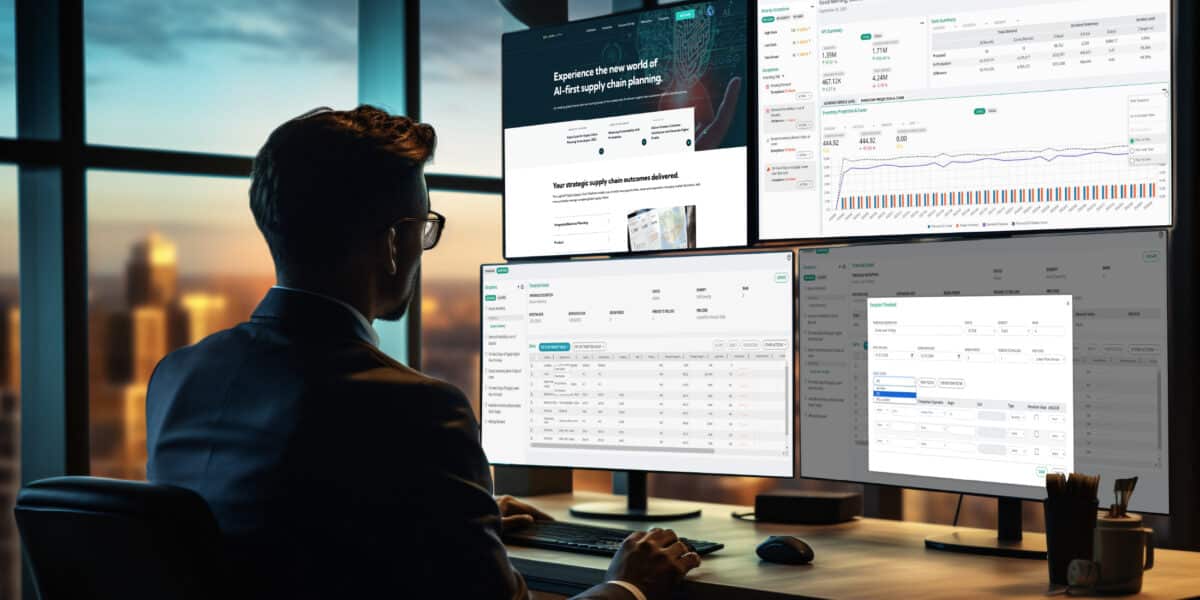
Viewing unconstrained versus constrained vehicle performance is similar to what supply chain professionals deal with when planning the supply chain. Today, many supply chain planning processes only consider unconstrained supply capabilities. The plan assumes any demand for a product or service can be met. There are no constraints. Maybe on the autobahn in Germany, this unconstrained view makes sense, but when speed limits or constraints exist, what is feasible is more important to synchronizing and aligning your end-to-end supply chain.
The objective of constraint-based supply planning is to derive an optimal time-phased replenishment plan for all item/locations that achieves desired customer service while respecting inventory policies and real-world constraints at all echelons of the supply chain. The inputs to constrained supply planning include supply chain constraints, supply chain status and business rules. Constrained supply planning provides supply chain KPIs, exception alerts, feasible supply plans, and the planned purchase orders, transfer orders, production orders and VMI orders required to execute the plan. Constraint-based supply planning is vitally important because it provides a feasible plan that is actually executable.
There are three main types of constraints to consider when developing a feasible supply chain plan; Production Constraints, Flow Constraints and Storage Constraints. These three types of constraints should be determined at every point along the extended supply chain to ensure an optimal and feasible supply plan. This leads to the need to consider many constraints including:
- Supplier Constraints: capacities and order minimums/maximums
- Manufacturing Constraints: multi-stage production limitations, min/max batch sizes, capacities, working days and hours, and availability of specific skills.
- Storage Constraints: facility and zone capacities, required safety stocks, and any dedicated or flexible storage capabilities.
- Loading / Unloading Constraints: at any facility including receiving and shipping capabilities.
- Transportation Constraints: vehicle/route limitations, vehicle/item limitations, transport calendars, load / route consolidation rules.
- Demand Fulfillment Constraints: backorder permissibility, order-splitting permissibility.
- Time-Phased Constraints: production, flow and storage constraints over a certain time-period.
Building and maintaining a comprehensive constraint-based supply chain planning capability is an evolutionary process. To be successful it is best to start small and build towards more mature capabilities. Most companies that build constraint-based supply planning capabilities have already developed functioning demand planning and inventory planning. Many of these will also take the intermediate step to develop an unconstrained supply planning capability first before moving forward with constraint-based planning. Taking a crawl, walk, run approach builds experience to determine what capabilities are important and provides time for supply chain personnel to grow and learn at an appropriate pace. The key though is to get the journey started towards constraint-based supply planning.
The ultimate goal of a supply chain organization is to meet customer requirements while minimizing total supply chain costs. That can only happen by considering the entire end-to-end supply chain as an integrated system and optimizing that system. This was not possible just 10 years ago, but today it is due to improvements in computing power and the availability of next generation supply chain planning systems. Developing a constraint-based supply planning capability may seem daunting. However, keep in mind that companies that take this journey see significant improvements in customer service and reductions in total supply chain costs while taking a giant leap towards optimizing their supply chain.
Where are you in your journey to constraint-based supply chain planning?


